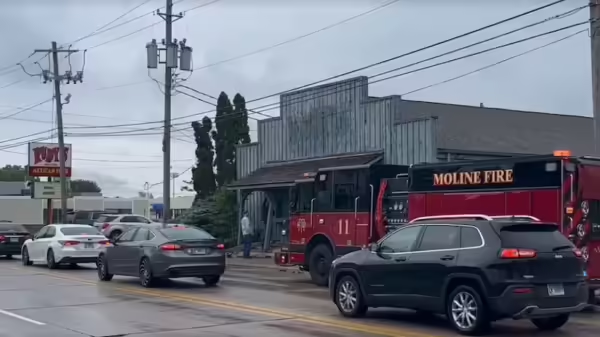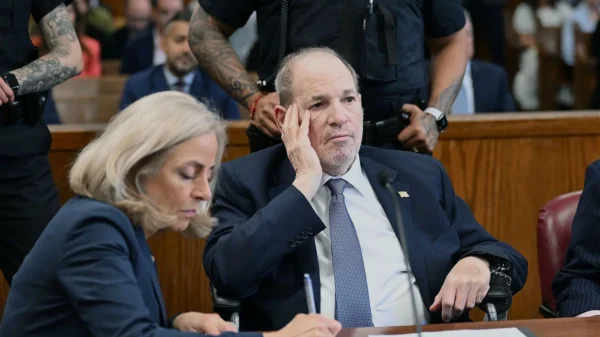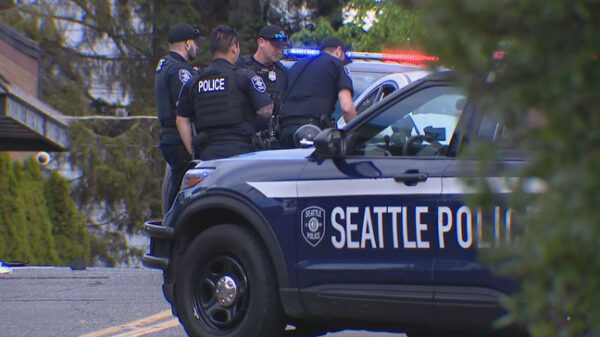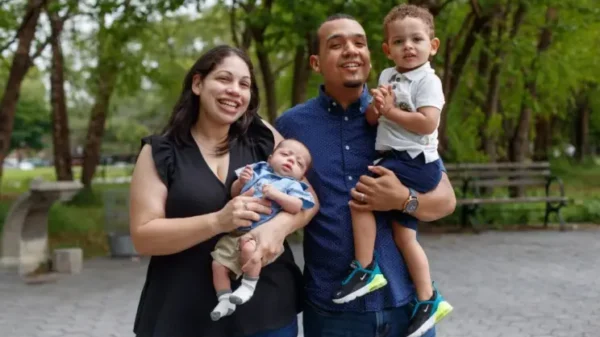In Gaza, the damage inflicted on schools, including universities, is dire, raising concerns about the impact on an entire generation, according to the United Nations and other organizations.
Amjad Abu Daqqa, once a standout student in Khan Younis, excelling in math and English, had hopes of securing a scholarship to study in the United States. But those dreams were shattered when conflict erupted in Gaza last October.
He used to cherish school outings to local historical sites or the pier, where he and his classmates would enjoy the scenery and capture sunset moments. His aspiration was to follow in the footsteps of his sister Nagham, who pursued dentistry in Gaza City.
However, everything changed drastically. His school was bombed, claiming the lives of many friends and teachers. His family, like over a million others, fled their home seeking refuge in Rafah.
Amjad, now 16, feels adrift in a world that’s lost its familiar landmarks. “Everything in my town is gone forever,” he says. “I feel like I am a body without a soul, and I want to feel hopeful again.”
With no end to the conflict in sight, the educational future for over 625,000 students in Gaza looks grim. The United Nations reports that more than 80 percent of schools in Gaza have been severely damaged or completely destroyed, including all 12 universities.
Critics, including the Palestinian Ministry of Education and numerous U.N. officials, accuse Israel of deliberately targeting educational institutions, likening it to the targeting of hospitals.
Some are even questioning whether there’s a deliberate attempt to systematically dismantle the Palestinian education system, a phenomenon termed ‘scholasticide,’ as noted by a group of 25 U.N. experts in a recent statement.















































